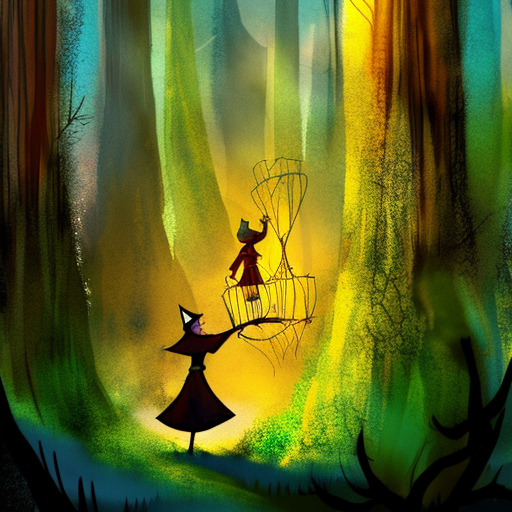One-line summary:
Pinocchio is a classic children’s book that follows the adventures of a wooden puppet who longs to become a real boy.
The Adventures of Pinocchio
Pinocchio, written by Carlo Collodi, is a beloved children’s book that tells the story of a wooden puppet who dreams of becoming a real boy. The book was first published in 1883 and has since become a timeless classic, capturing the hearts of readers of all ages.
The story begins with the creation of Pinocchio by the kind-hearted woodcarver, Geppetto. As soon as Pinocchio comes to life, he finds himself in a series of misadventures, often driven by his impulsive and mischievous nature. Throughout his journey, Pinocchio encounters a host of colorful characters, including the cunning Fox and Cat, the Blue Fairy, and the wise Talking Cricket.
The Importance of Honesty and Integrity
One of the central themes in Pinocchio is the importance of honesty and integrity. Pinocchio’s nose grows longer every time he tells a lie, serving as a physical manifestation of his dishonesty. This serves as a valuable lesson for young readers, emphasizing the importance of telling the truth and taking responsibility for one’s actions.
Pinocchio’s journey is filled with temptations and challenges that test his moral character. He is easily swayed by the promises of the deceitful Fox and Cat, who lead him astray and take advantage of his naivety. However, Pinocchio eventually learns the consequences of his actions and the value of honesty, as he strives to become a better person.
The Power of Education and Learning
Another significant theme in Pinocchio is the power of education and learning. Throughout the story, Pinocchio’s lack of knowledge and understanding often leads him into trouble. However, he gradually learns from his mistakes and gains wisdom through his experiences.
Pinocchio’s encounters with the Talking Cricket and the Blue Fairy provide him with valuable guidance and life lessons. The Blue Fairy, in particular, acts as a mentor figure, teaching Pinocchio the importance of education, hard work, and making good choices. Through his determination to become a real boy, Pinocchio demonstrates the transformative power of education and the pursuit of knowledge.
The Transformation from Puppet to Real Boy
The ultimate goal of Pinocchio is to become a real boy. This desire drives the entire narrative, as Pinocchio navigates a series of trials and tribulations in his quest for humanity. Along the way, he learns the importance of love, sacrifice, and selflessness.
Pinocchio’s transformation is not just physical but also emotional and moral. Through his experiences, he learns to prioritize the well-being of others and to make choices that reflect his newfound understanding of right and wrong. In the end, Pinocchio’s selfless act of saving his father, Geppetto, from the belly of a giant shark earns him his long-awaited wish, and he is transformed into a real boy.
Key Takeaways:
- Honesty and integrity are essential virtues that should be valued and practiced.
- Education and learning have the power to transform and shape individuals.
- Personal growth and transformation require making good choices and prioritizing the well-being of others.
“The more one loves, the more one suffers.”
– Pinocchio
In conclusion, Pinocchio is a timeless tale that teaches valuable lessons about honesty, integrity, the power of education, and personal transformation. Through Pinocchio’s adventures, readers are reminded of the importance of making good choices, telling the truth, and valuing the well-being of others. As Pinocchio’s nose grows longer with each lie, readers are encouraged to embrace honesty and integrity in their own lives. Ultimately, Pinocchio’s journey from a wooden puppet to a real boy serves as a powerful metaphor for personal growth and the transformative power of love and selflessness.












